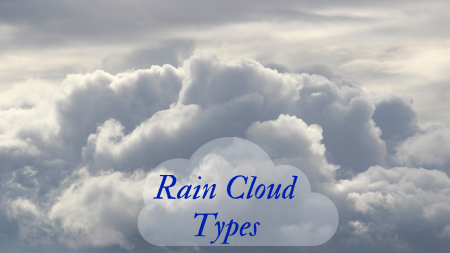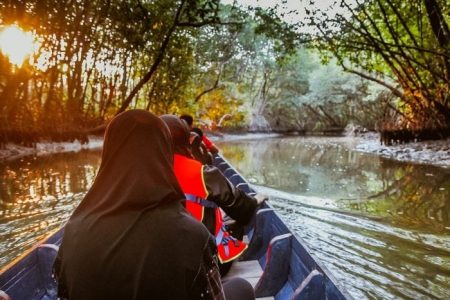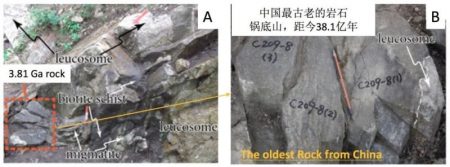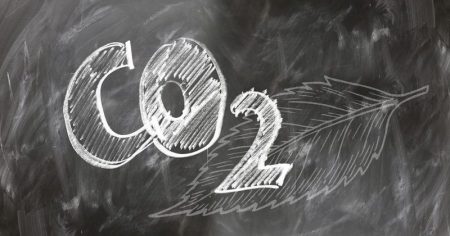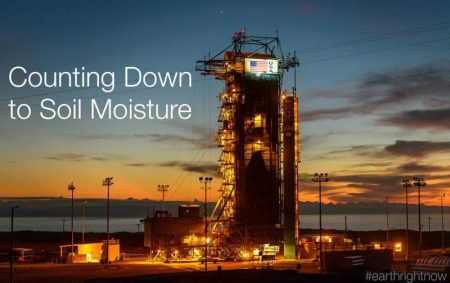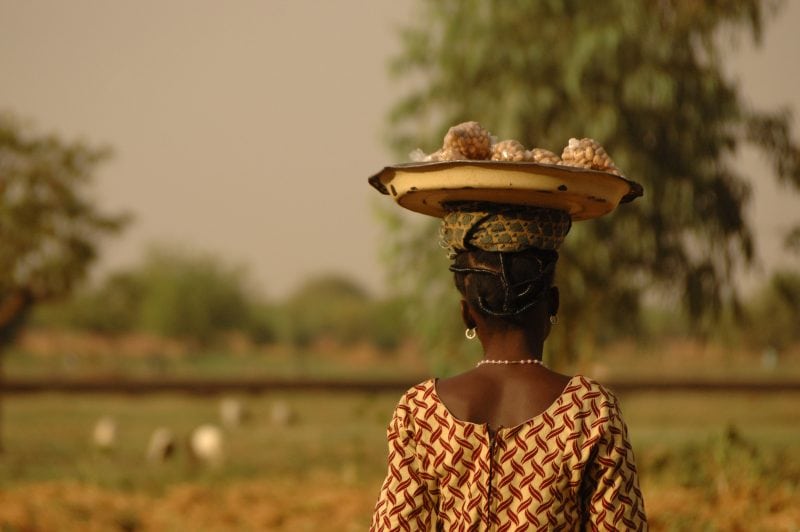 Credit: Image by Roman Bonnefoy/Wikipedia is licensed under the Creative Commons 3.0 Unported, 2.5 Generic, 2.0 Generic and 1.0 Generic license.
Credit: Image by Roman Bonnefoy/Wikipedia is licensed under the Creative Commons 3.0 Unported, 2.5 Generic, 2.0 Generic and 1.0 Generic license.In response to energy policies and resource scarcity, many countries have become interested in finalizing farmland commercial agreements mainly with developing countries in the global South, especially in Asia, Africa, and South America. This phenomenon of foreign large-scale land acquisitions, also labeled as “land grabbing” is increasing worldwide.
According to the Land Matrix, an independent initiative for monitoring land deals at the global scale, since the year 2000, 1453 transnational deals have been concluded which account for about 48 million hectares of land. The majority of these land agreements are concluded for agricultural or forestry purposes for the production of trees or crops for food, renewable energy (i.e. biofuel), and other industrial uses, such as jatropha and rubber productions.
Acquiring land for the production of food, trees, renewable energy or other purposes also entails the use of other resources such as water. Thus the land grabbing phenomenon is better understood from an environmental perspective in the context of the land-water-energy-food nexus by looking at land and water use competition between different uses, for example, food vs. energy or industrial productions.
In this context, a “resource assessment approach” which evaluates the linkages between land acquisitions for agricultural (including both energy and food production) and forestry purposes, and water use is essential to promote sustainability analyses of the land grabbing phenomenon.
To that end, the water appropriated through agricultural and forestry productions needs to be quantitatively assessed and its impact on water resource availability analyzed. This can be done through an estimation of the “virtual” water acquired by the investor countries for the production of trees or crops on the acquired land. This phenomenon of water appropriation by powerful actors, in this case, foreign land investors, is also known as “water grabbing”.
Land acquisitions for agricultural and forestry processes entail the use of both blue (i.e. water in rivers, lakes, and aquifers) and green water (i.e. rainwater).
Water acquisitions can be therefore estimated by distinguishing between green (i.e. the rainwater used by crops planted in the acquired land) and blue water (i.e. irrigation water withdrawn from rivers, lakes, and aquifers) appropriations. The assessment of blue and green water appropriations associated with land acquisitions requires information on the spatial extent, rainfall regime, irrigation rates and efficiency, soil properties, crop type, and cropping season of the acquired land. With a Geographical Information System (GIS) based method it is also possible to take into account the geographical location of the land deals for a site-specific estimation of the water appropriated through crop production.
The importance of looking at transnational land investments from a land-water-energy-food nexus perspective by estimating water and land acquisitions for energy, food and industrial uses is better understood through the use of a specific example.
Looking at land investments pursued by EU based investors realised in 2000-2013 and reported by the Land Matrix Global Observatory, 60% of the acquired land is used for the cultivation of “flexible” crops (suitable for both food and biofuel productions, such as sugarcane, rapeseed, maize, soybean); 10% is used for biofuel or industrial productions (such as, jatropha and rubber); 26% of the land is used for forestry purposes (i.e. tree plantations); and 2% for food only (e.g. fruits).
The total amount of “virtual” water associated with the land investments reported above, accounts for approximately 46 billion m3 per year, of which green water accounts for 35 billion m3 per year, and blue water (i.e. irrigation water) (i.e., depending on local availability and willingness to invest in irrigation infrastructure and its management) accounts for approximately 11 billion m3 per year. The analysis of the green and blue water appropriations by EU based investors and the acquired land in the main target countries is shown in Figure 1.
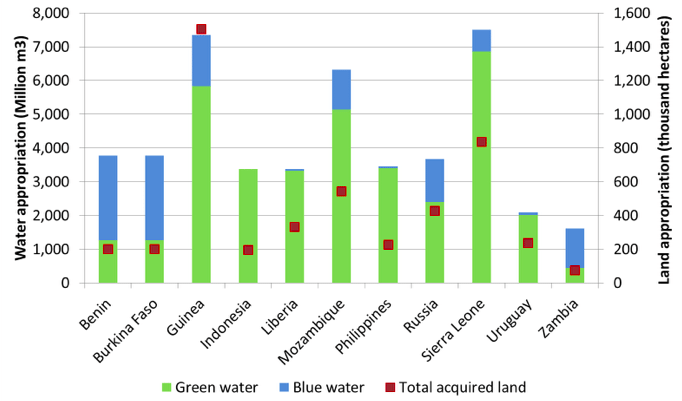
This analysis provides useful insights to better understand potential competitions for freshwater usages among flexible, food, and energy crops and between domestic and international markets and with respect to water scarcity and availability in the target countries.
By looking at water use estimations for different crops, it results that flexible crops, such as oil palm and sugarcane, or crops used for bioenergy or other industrial production (e.g., jatropha and rubber) requires a higher amount of green and blue water per hectare for their cultivation with respect to food crops.
In terms of water scarcity, in Burkina Faso water acquisitions account for about 30% of the total renewable water resources available in the country and in Benin account for about 14%. Moreover, in Burkina Faso, the average amount of water available per capita (715 m3 per capita per year) is below the identified threshold of water scarcity (1,000 m3 per capita per year based on Falkenmark et al. 1989), indicating that this country is already water stressed.
Despite the presence of water scarcity problems, water acquisitions in Burkina Faso show that the crops grown in the acquired land are mainly water intensive (e.g., jatropha).
Moreover, the analysis shows that the virtual water acquired by EU based investors for flexible and energy crops and mainly used for the international market, is a significant amount of the water used for food crops and feed for domestic consumption, especially in African target countries, such as Guinea, Mozambique, Liberia, and Sierra Leone.
These findings shed light on the potential competition between domestic and international uses of land and water resources in the target countries, especially in areas prone to water scarcity.
In conclusion, while large-scale land acquisitions, especially from developed to developing countries, can be beneficial to local economies if capital and technology is transferred, social justice principles of an equitable distribution of benefits with the local population are respected and natural resources are sustainably managed, these investments have been widely questioned with regard to their negative environmental implications and in terms of their potential to support development in the recipient countries.
The competition for the use of water between international and local productions, business companies and local communities across forestry, food production, energy and industrial productions is an important feature of land acquisitions. The trade-offs that exist between the environmental, social and economic dimensions of land investments are key aspects that need to be taken into consideration by policymakers with the objective of improving agricultural production in countries with poor investments and at the same time promoting sustainable development.
An assessment of the potential pressure of land acquisitions on natural resources such as water and food with a site-specific estimation of water use for agriculture and forestry purposes, is a prerequisite toward a solid understanding of the food-water-energy nexus for a better and more informed response of EU policymakers and investors to operate overseas consistently with EU commitments to human rights, development and sustainability.
These findings are described in the article entitled European large-scale farmland investments and the land-water-energy-food nexus, recently published in the journal Advances in Water Resources. This work was conducted by Giuseppina Siciliano from the University of London, Maria Cristina Rulli from the Politecnico di Milano, and Paolo D’Odorico from the University of California at Berkeley.
Reference
- Falkenmark, M., 1989: The massive water scarcity threatening Africa. Why isn’t it being addressed? Ambio 18 (2), 112–118.
Figure 1 was reprinted from Advances in Water Resources, Vol 110, Giuseppina Siciliano, Maria Cristina Rulli, Paolo D’Odorico, European large-scale farmland investments and the land-water-energy-food nexus, Pages No 579-590, Copyright (2017), with permission from Elsevier.


